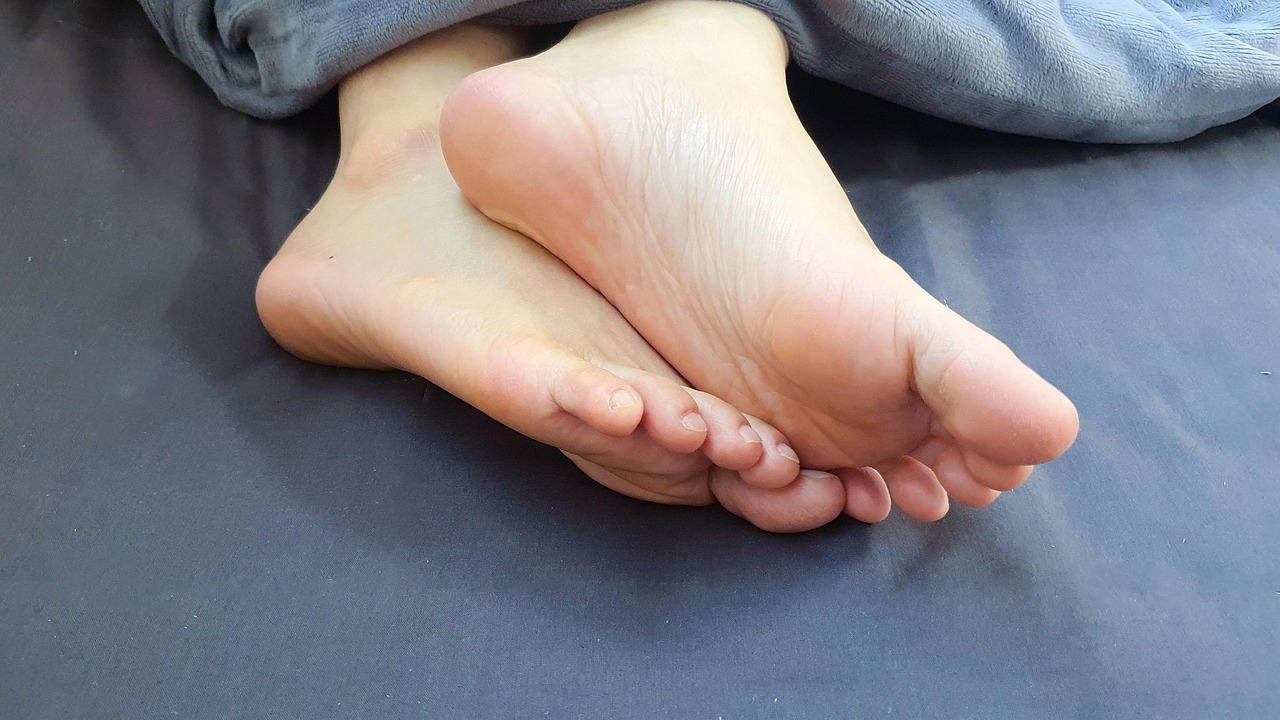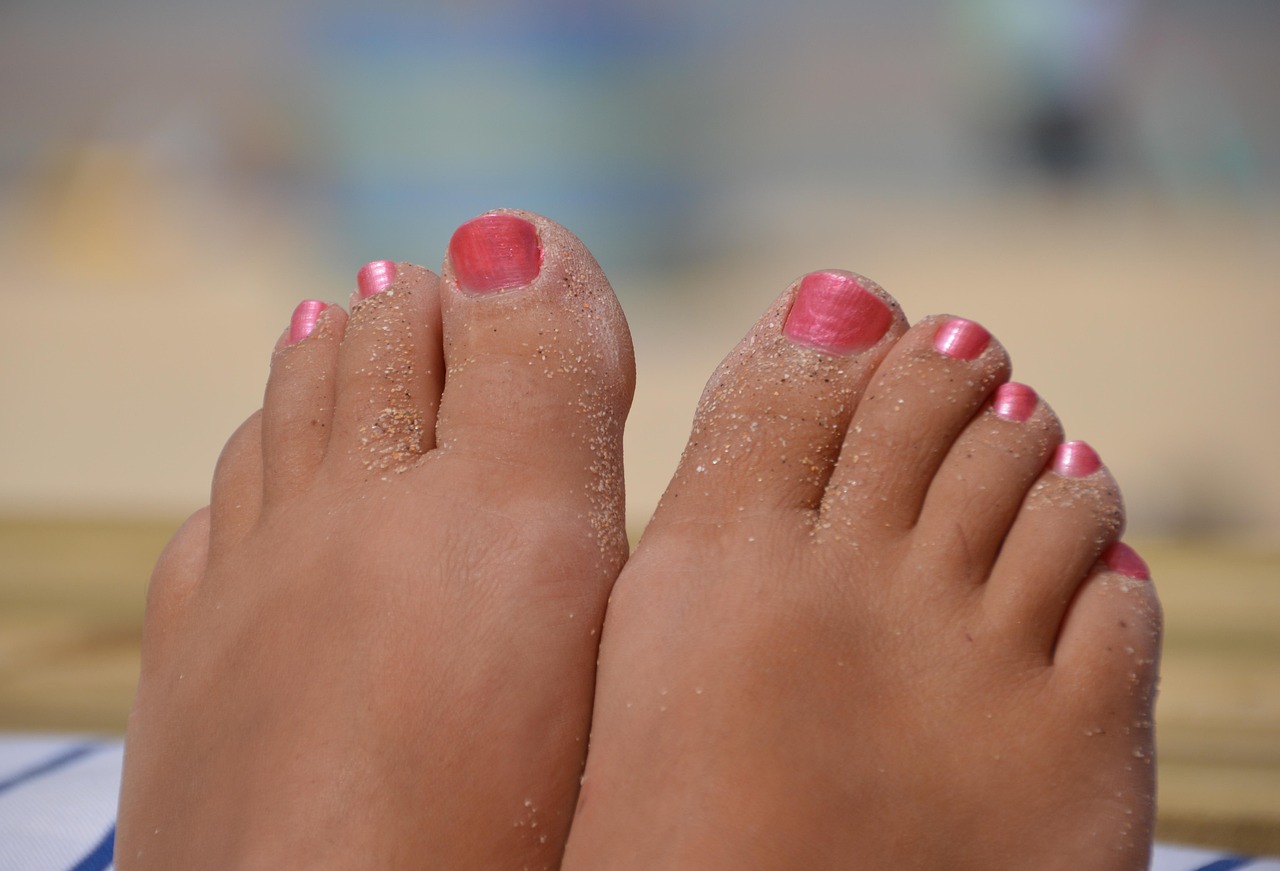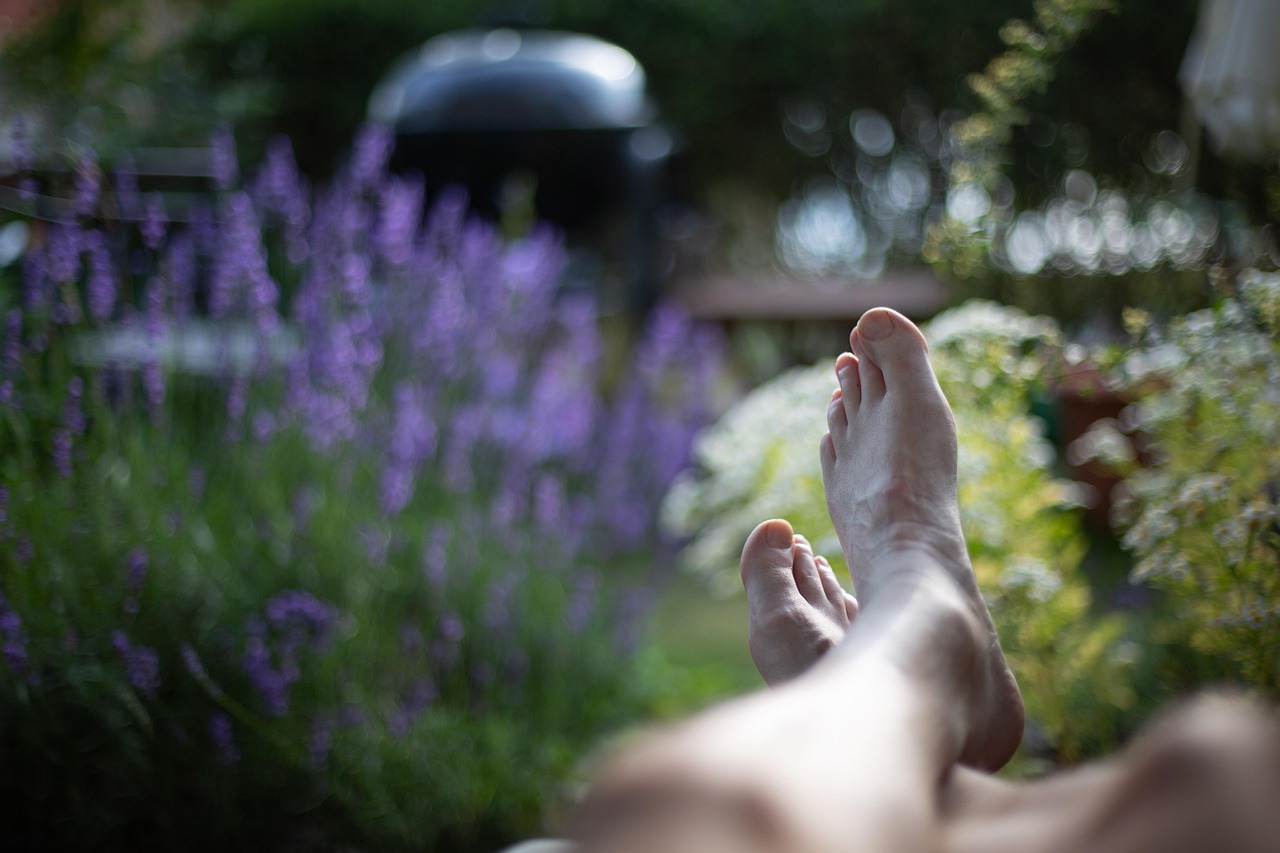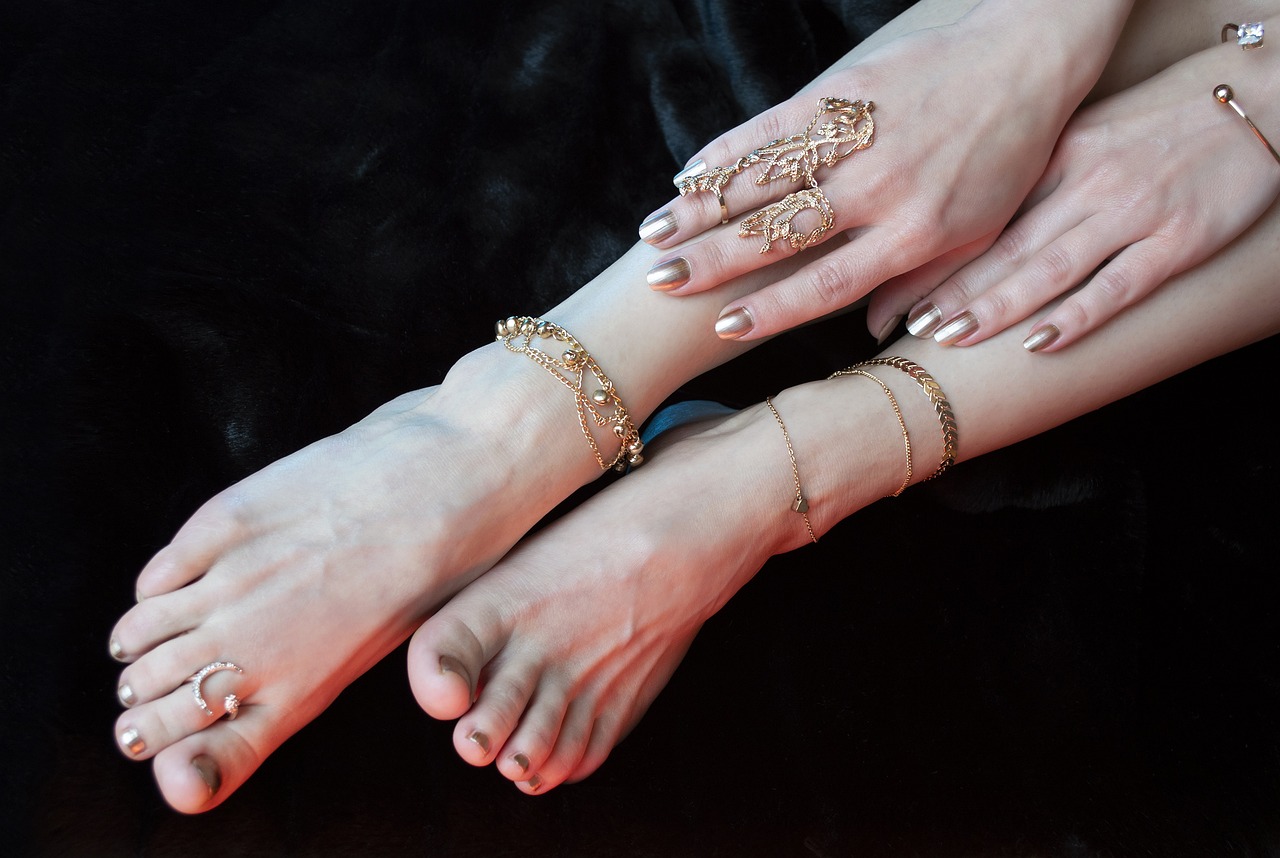Cracked heels often start as a cosmetic nuisance — a bit of roughness, dry skin, maybe a faint white patch along the back of your foot. Easy to ignore, right? But what many people don’t realize is that when left untreated, cracked heels can quickly evolve from mild dryness into a serious health issue.
In this post, we won’t sugarcoat it: we’re breaking down exactly what happens when you neglect those small heel cracks — and what you can do to stop the problem before it becomes painful (and expensive). Let’s take a look at the real consequences of untreated cracked heels, and how a simple daily habit with products from The Beauty Pure can change everything.
Table of Contents
Toggle🚨 Stage 1: The Invisible Decline
At first, cracks form in the stratum corneum, the outermost layer of your skin. This layer is meant to act as a barrier — but once it dries out, its flexibility decreases, and tiny splits begin to form. They may not hurt. You may not notice. But they’re there, weakening the skin’s defense system.
Left alone, these minor cracks:
- Deepen over time
- Widen due to daily pressure
- Allow bacteria, fungi, and debris to enter
Stage 2: From Dryness to Discomfort
The next progression? Pain, flaking, and tightness.
Walking becomes slightly uncomfortable. Skin starts to peel. Open shoes feel like sandpaper on your heels. This is the stage where most people start reaching for a random lotion — but without the right formulation, it often does too little, too late.
🧴 What to do instead:
Start a proper foot care routine with:
👉 Lapitak Foot Care Cream – for daily barrier support
👉 Lapitak Cream for Cracked Heels – for targeted repair if cracks have already formed
Stage 3: Bleeding, Infection, and Inflammation
If cracks go deeper than the epidermis, they may reach the dermis — and that’s when the real trouble starts.
Untreated cracked heels can lead to:
- Bleeding fissures
- Infections (especially if feet are enclosed in sweaty shoes)
- Localized swelling or redness
- Difficulty walking or putting pressure on the foot
This stage is particularly risky for people with diabetes, neuropathy, or poor circulation — as even small cracks can develop into ulcers.
Stage 4: Long-Term Complications
Beyond the physical pain, untreated heels can affect:
- Posture and gait (you may start to shift weight to avoid discomfort)
- Sleep quality (throbbing pain at night)
- Self-confidence (especially during sandal season)
- Skin scarring and thick callus formation
In severe cases, patients may require dermatological intervention, minor surgery to remove infected tissue, or prescription topical antibiotics.
💡 The cost of ignoring your heels is far greater than the time it takes to care for them. One minute a day can prevent weeks of pain. Start with The Beauty Pure.
Signs You’re Waiting Too Long
- Cracks that sting when walking or standing
- Redness, swelling, or warmth around the heel
- Pus or signs of infection
- Repeated bleeding or open fissures
- Heels feel hard, brittle, or “split open” under pressure
If you’re already seeing these signs, it’s time to act fast.
Preventive Care: What You Should Be Doing Daily
✔️ Cleanse feet with warm (not hot) water
✔️ Gently exfoliate 2–3 times a week
✔️ Apply repairing cream every night
✔️ Wear socks to lock in moisture overnight
✔️ Use spray protection to reduce sweat and odor:
👉 Lapitak Foot Odor Preventing Spray
Final Thoughts: From Prevention to Empowerment
Cracked heels aren’t just about dry skin — they’re a progressive skin condition that demands attention. What starts as minor dryness can spiral into infection and pain if not handled properly.
But here’s the good news: prevention is easy, affordable, and effective. By incorporating just a few steps into your routine, you can protect your feet, your health, and your confidence.
👉 Explore The Beauty Pure for trusted foot care that keeps you one step ahead — always.





